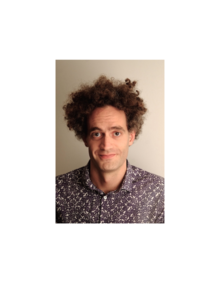Abstract:
The basic principles and experimental set-ups for Edge Illumination and Beam Tracking X-ray phase-contrast imaging (XPCI) are introduced, along with examples on key applications where phase-based imaging complements and advances the more conventional attenuation-based X-ray imaging. X-ray dark-field techniques are also discussed with an emphasis on the most recent developments on tomography and directional imaging. Results from laboratory-based prototypes are shown as well as an overview of the new Advanced X-ray Imaging (AXIm) laboratory, where lab-based XPCI techniques have recently become available to users through the National Research Facility for lab-based X-ray Computed Tomography (NXCT).
Speaker:

Professor Marco Endrizzi
Marco Endrizzi is Professor of Experimental Physics at the Department of Medical Physics and Biomedical Engineering , University College London. He is part of the Advanced X-ray Imaging group, where X-ray phase-contrast imaging (XPCI) techniques have been pioneered and developed for nearly two decades. His contributions include a method for X-ray dark-field imaging under incoherent illumination, hence suitable for laboratory settings as it is compatible with standard X-ray tubes. Dr. Endrizzi is co-Director of the National Research Facility for lab-based X-ray Computed Tomography (NXCT, https://nxct.ac.uk/), which makes the first lab-XPCI systems available to industry and the research community.
REGISTER
Hosted by Professor Karim Karim and the Centre for Bioengineering and Biotechnology